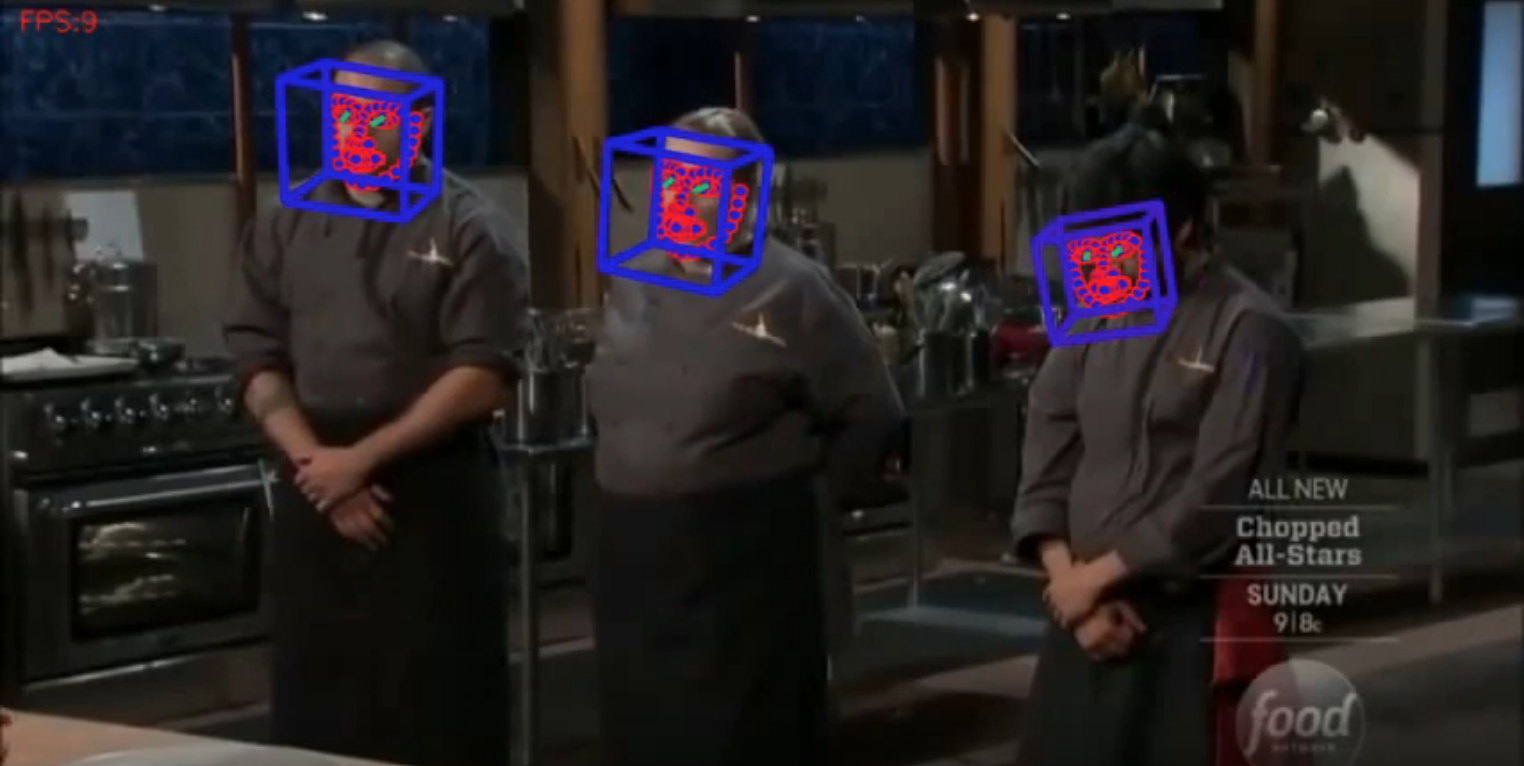Being able to identify which humans need help and when they need help will enable robots to spontaneously offer assistance when needed, as well as triage how their help can best be distributed. To perform this kind of assessment requires an understanding of how humans naturally communicate their needs to others, as well as a model of individuals and their needs over time. To achieve and demonstrate these goals, this project seeks to build a waiter robot that can anticipate customer needs and respond to them both when actively hailed or implicitly needed. This environment also showcases the challenge of finding these signals while humans are also engaged in human-human group interactions and are not solely focused on their robot collaborator. Successfully implementing this system can help improve restaurant efficiency, and provide insight into how to model human thinking.
Questions can be directed to Ada.
